On a sun-drenched morning in Pangasinan, I found myself wandering through the bustling Dagupan market, where the aroma of fresh kakanin led me to a smiling vendor named Aling Josie. Her stall was lined with various rice cakes, but one particular dish caught my eye - Masikoy, glistening in a golden-brown sauce.
After spending the morning learning her technique and hearing stories of how masikoy brings families together during merienda time, I knew I had to share this special Pangasinan treasure with you all. Now let me show you how to bring this delightful combination of chewy rice cakes and creamy sesame-coconut sauce to your own kitchen.
Jump to:
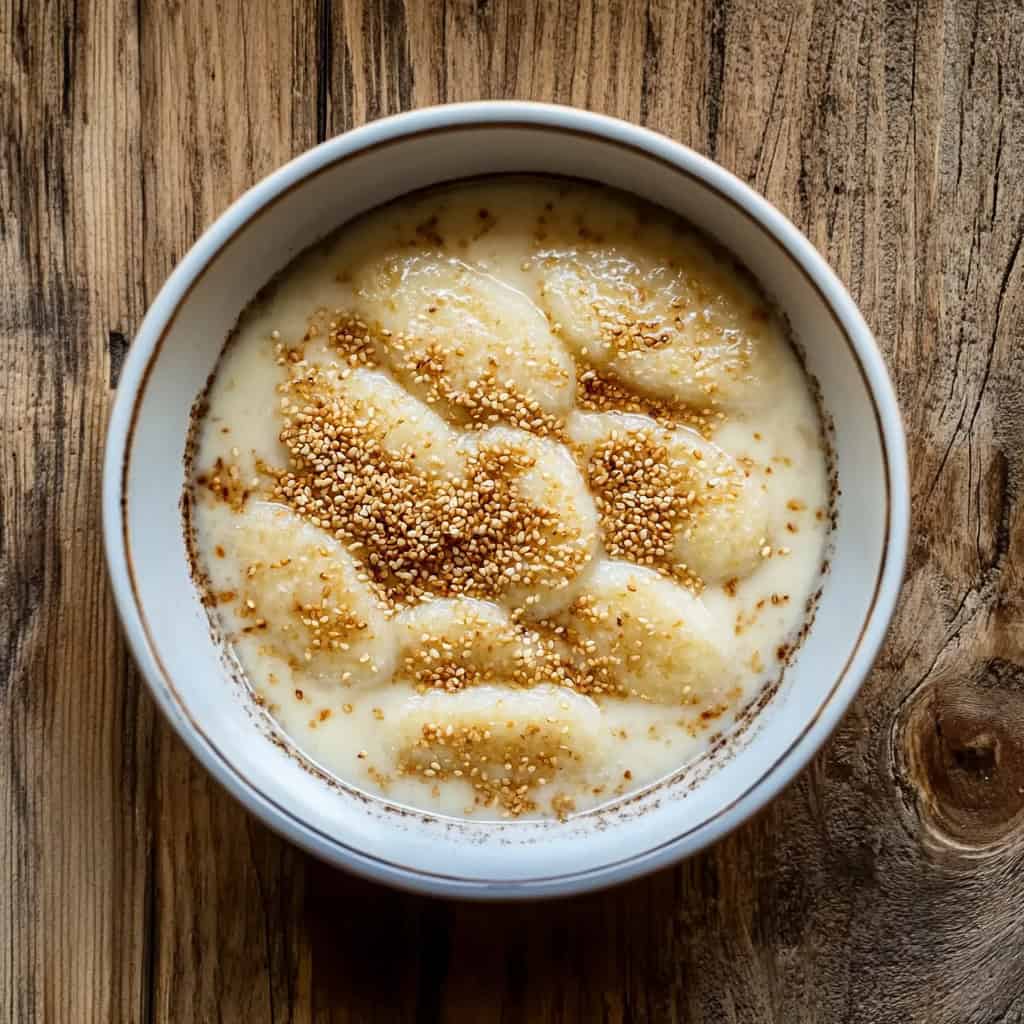
Ingredients
The ingredients in this authentic Pangasinan masikoy recipe are carefully chosen to create a perfect balance of textures and flavors. Glutinous rice flour forms the chewy base that's characteristic of Filipino kakanin, while coconut strips add bursts of sweetness and texture.
The sauce combines the rich creaminess of coconut milk with the nutty depth of toasted sesame seeds, creating a luxurious consistency that coats each rice cake. Brown sugar provides a complex sweetness with slight caramel notes that pairs beautifully with the other ingredients.
Pandan leaves add a subtle aromatic quality that elevates the entire dish, giving it that distinctive Filipino dessert fragrance that makes masikoy truly special and unforgettable.
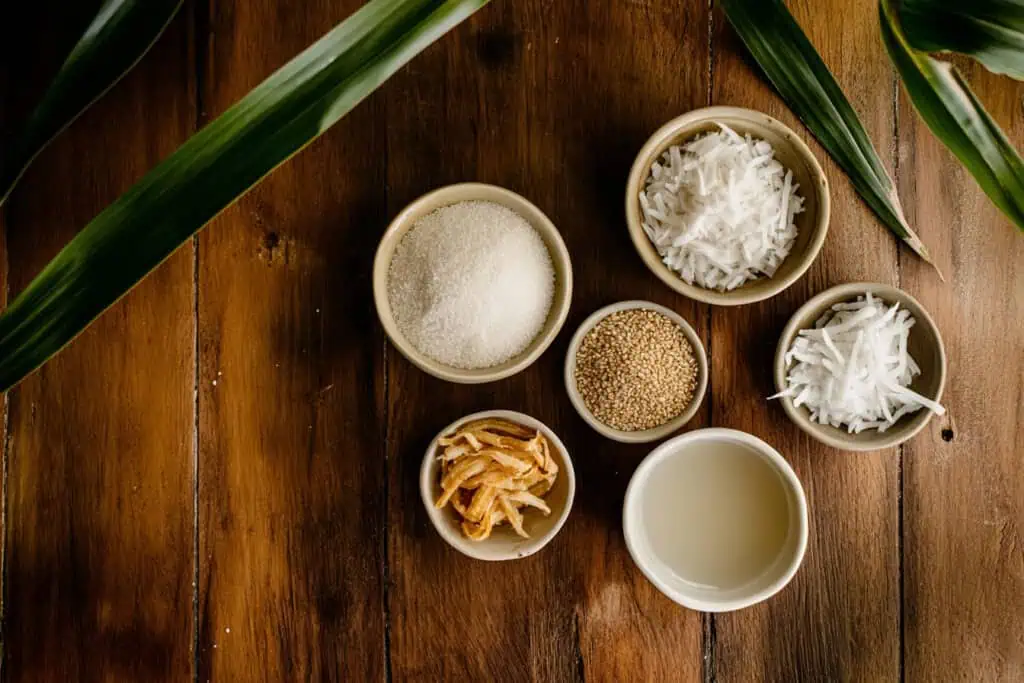
- 2 cups glutinous rice flour
- 1 cup water
- ⅓ cup coconut strips
- ½ cup roasted sesame seeds, ground
- 3 cups coconut milk
- 1 cup brown sugar
- 1 stalk pandan leaves
Equipment
- Large mixing bowl - For preparing and kneading the glutinous rice dough
- Measuring cups and spoons - For accurate ingredient measurements
- Wok or deep pan - The wide surface and depth are ideal for cooking the sauce and rice cakes
- Wooden spoon - For gently stirring the coconut milk sauce without breaking the delicate emulsion
- Small bowl of water - Helps moisten hands when shaping the dough to prevent sticking
- Clean kitchen towel - Covers the dough while working to prevent it from drying out
- Slotted spoon - Allows for easy removal of the cooked rice cakes while leaving the sauce behind
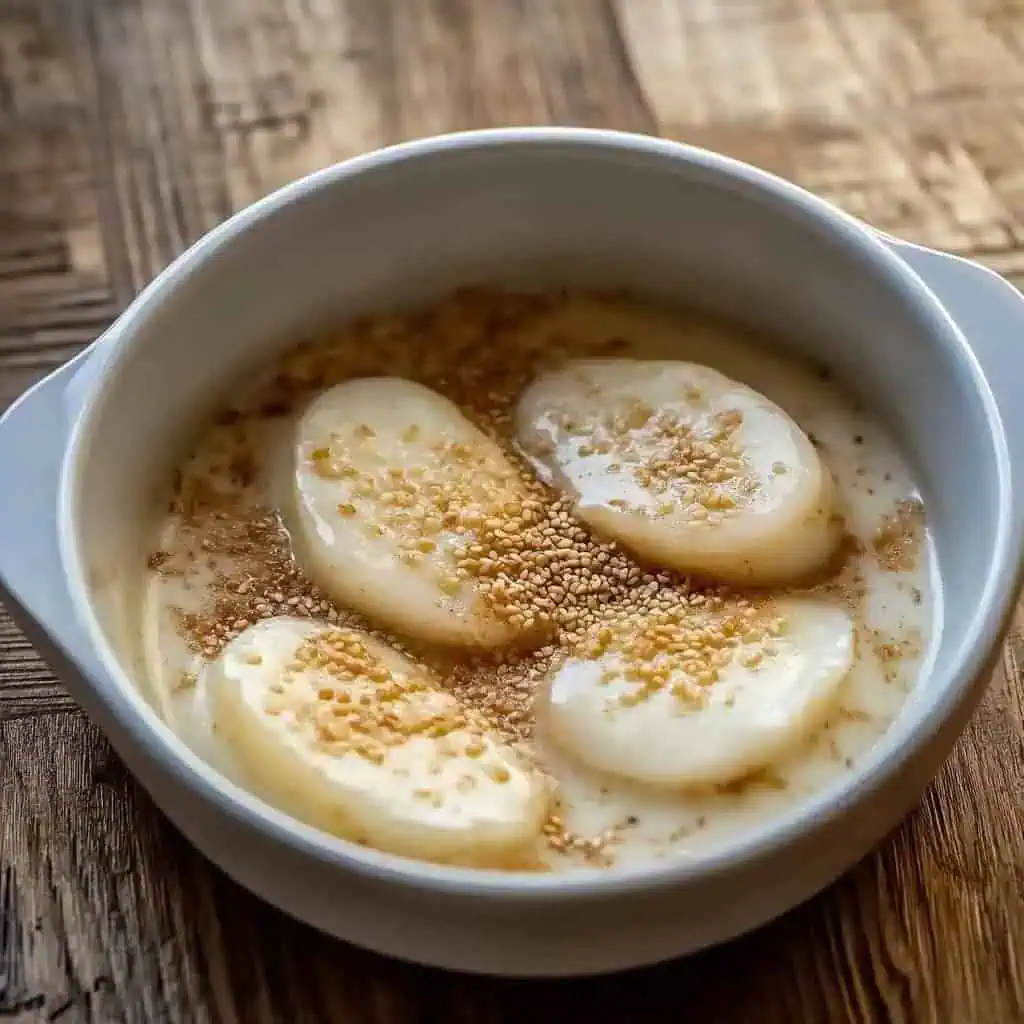
How To Make
- Gather all your ingredients and equipment.
- Place 2 cups of glutinous rice flour in a large mixing bowl. Add 1 cup of water gradually while mixing with your hands. Keep mixing until you get a smooth, soft dough that's not too sticky. Mix in ⅓ cup of coconut strips until they're evenly spread throughout the dough. Cover the dough with a clean kitchen towel and let it rest for 5 minutes.
- While waiting, make your sauce. Pour 3 cups of coconut milk into a wok. Add ½ cup of ground roasted sesame seeds and 1 cup of brown sugar. Drop in one stalk of pandan leaves. Don't turn on the heat yet.
- Wet your hands slightly with water. Take about 2 tablespoons of dough and flatten it into an oval shape, about ¼ inch thick. Place it on a clean plate. Repeat this until you've used all the dough. Keep the shaped pieces covered with a cloth.
- Set your stove to medium heat and slowly bring your coconut milk mixture to a gentle simmer, stirring occasionally. Don't let it boil too hard or the coconut milk might curdle.
- Once the sauce is simmering, carefully drop in your rice cakes one by one. Don't overcrowd the pan. Cook until they float to the surface, about 3-4 minutes. Let them cook for 2 more minutes to make sure they're done inside.
- Using a slotted spoon, transfer the cooked masikoy to serving bowls. Pour plenty of the hot sesame-coconut sauce over them. Serve while warm.

Tips from Lola's Kitchen
- Toast sesame seeds thoroughly until golden brown for maximum flavor and aroma
- Use fresh coconut milk whenever possible for the most authentic taste
- Keep sauce at a gentle simmer to prevent the coconut milk from separating
- Test one rice cake first before cooking the entire batch to adjust cooking time if needed
- Shape uniformly to ensure even cooking of all pieces
- Be patient when cooking the rice cakes – rushing can lead to undercooked centers
- Stir the sauce gently but consistently to maintain its smooth, creamy texture
Substitutions
- Glutinous rice flour: Freshly ground glutinous rice (soaked overnight and ground) can be used for more traditional texture
- Brown sugar: Muscovado sugar adds deeper molasses notes, or use white sugar for a lighter flavor
- Pandan leaves: ¼ teaspoon pandan extract can substitute in a pinch
- Fresh coconut milk: Canned coconut milk works, but choose full-fat versions without additives
- Coconut strips: Macapuno strings offer a similar texture, or omit if unavailable
- Sesame seeds: Black sesame seeds create a striking visual contrast and slightly different flavor profile
Troubleshooting
- Dough too sticky? Add more glutinous rice flour, one tablespoon at a time, until it reaches the right consistency
- Dough too dry? Add water, one teaspoon at a time, until pliable but not sticky
- Rice cakes breaking apart? Your dough might be too thin or your sauce might be boiling too vigorously
- Sauce curdling? Lower the heat immediately and gently whisk to recombine
- Sauce too thick? Add more coconut milk, ¼ cup at a time
- Sauce too thin? Simmer longer to reduce, or add a bit more ground sesame seeds to thicken
- Rice cakes too chewy? They may be undercooked; increase cooking time by 1-2 minutes
Storage & Reheating
- Refrigeration: Store in an airtight container for up to 3 days
- Freezing: Can be frozen for up to 1 month (freeze rice cakes and sauce separately)
- Thawing: Thaw overnight in refrigerator before reheating
- Reheating: Warm gently in a pan with a splash of coconut milk to refresh the sauce
- Best practice: Consume within 24 hours for optimal texture and flavor
- Separation: If sauce separates after refrigeration, gently reheat while stirring to recombine

FAQ
How do I know when the rice cakes are fully cooked?
They will float to the surface and become slightly translucent. When cut in half, there should be no raw dough in the center.
Can I make the dough ahead of time?
Yes, you can prepare the dough up to 4 hours ahead. Keep it covered with a damp cloth to prevent drying.
Why did my sauce curdle?
This usually happens when the heat is too high. Keep it at a gentle simmer and stir occasionally.
How can I make it less sweet?
Reduce the brown sugar to ¾ cup or adjust to taste.
Can I use a food processor to grind the sesame seeds?
Yes, but be careful not to over-process or it will become paste-like. Short pulses work best.
Is masikoy served hot or cold?
Traditionally served warm, though some enjoy it at room temperature as well.
Can I make this vegan?
It already is! Traditional masikoy is naturally vegan-friendly.
How do I store leftover sesame seeds?
Store roasted sesame seeds in an airtight container in the refrigerator for up to a month to preserve freshness.
Can I double the recipe?
Yes, simply double all ingredients. You may need to cook the rice cakes in multiple batches.
What makes masikoy different from palitaw?
While palitaw is simply boiled and coated in dry ingredients, masikoy is served with its cooking liquid as a sauce.
Related
Looking for other recipes like this? Try these:
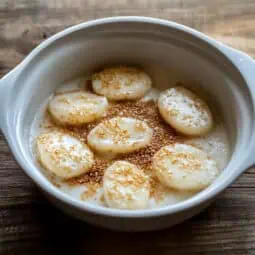
Authentic Pangasinan Masikoy Recipe
Equipment
- Large mixing bowl (for making the dough)
- Measuring cups and spoons (Panukat)
- Wok or deep pan (kawali) for cooking the sauce and rice cakes
- Wooden spoon (sandok) for stirring the coconut milk sauce
- Small bowl of water (for shaping the dough)
- Clean kitchen towel (to cover the dough while working)
- Slotted spoon (for removing the cooked rice cakes)
Ingredients
For the Rice Cake:
- 2 cups glutinous rice flour galapong
- 1 cup water tubig
- ⅓ cup coconut strips niyog na hiniwa
For the Sauce (Sarsa):
- ½ cup roasted sesame seeds lingang, ground
- 3 cups coconut milk gata
- 1 cup brown sugar maskada
- 1 stalk pandan leaves dahon ng pandan
Instructions
- First, gather all your ingredients and equipment. You'll need glutinous rice flour, water, coconut strips, roasted sesame seeds (ground into powder), coconut milk, brown sugar, and pandan leaves. Have a large bowl, wok, and wooden spoon ready.
- Place 2 cups of glutinous rice flour in a large mixing bowl. Add 1 cup of water gradually while mixing with your hands. Keep mixing until you get a smooth, soft dough that's not too sticky. Mix in ⅓ cup of coconut strips until they're evenly spread throughout the dough. Cover the dough with a clean kitchen towel and let it rest for 5 minutes.
- While waiting, make your sauce. Pour 3 cups of coconut milk into a wok. Add ½ cup of ground roasted sesame seeds and 1 cup of brown sugar. Drop in one stalk of pandan leaves. Don't turn on the heat yet.
- Now, wet your hands slightly with water. Take about 2 tablespoons of dough and flatten it into an oval shape, about ¼ inch thick. Place it on a clean plate. Repeat this until you've used all the dough. Keep the shaped pieces covered with a cloth.
- Set your stove to medium heat and slowly bring your coconut milk mixture to a gentle simmer, stirring occasionally. Don't let it boil too hard or the coconut milk might curdle.
- Once the sauce is simmering, carefully drop in your rice cakes one by one. Don't overcrowd the pan. Cook until they float to the surface, about 3-4 minutes. Let them cook for 2 more minutes to make sure they're done inside.
- Using a slotted spoon, transfer the cooked masikoy to serving bowls. Pour plenty of the hot sesame-coconut sauce over them. Serve while warm.
- Remember: The rice cakes should be soft and chewy, and the sauce should be smooth and creamy. If your sauce gets too thick, you can thin it out with a little more coconut milk.
Tips from Lola's Kitchen
- Toast sesame seeds until golden brown for maximum flavor (hanggang maging golden brown)
- Use fresh coconut milk for the best taste
- Don't overcrowd the pan when cooking the rice cakes
- Keep the sauce at a gentle simmer to prevent curdling
- Test one rice cake first to adjust cooking time if needed
Nutrition
The Story Behind Pangasinan Masikoy
In the sun-drenched province of Pangasinan, where rice fields stretch endlessly toward the horizon and coconut trees sway in the gentle breeze, a beloved delicacy called masikoy has been delighting generations of locals and visitors alike. This traditional rice cake, known locally as kakanin, represents the ingenuity of Filipino culinary heritage, particularly in transforming simple ingredients into extraordinary treats.
Masikoy traces its origins to the resourceful home cooks of Pangasinan who sought to elevate the humble rice cake by incorporating two of the region's abundant ingredients: coconut milk and sesame seeds. While its more widely known cousin, palitaw, is simply boiled and coated with dry ingredients, masikoy distinguishes itself through its innovative cooking method that creates a luxurious sauce that becomes an integral part of the dish.
The name "masikoy" itself is believed to derive from the ancient Pangasinan word "sikoy," which refers to the grinding motion used to prepare the toasted sesame seeds – a crucial component that gives the dish its distinctive nutty flavor. Local food historians suggest that the recipe gained prominence during the Spanish colonial period when sesame cultivation flourished in the region's fertile soil.
In the bustling markets of Dagupan City and other Pangasinan towns, masikoy vendors are a common sight, particularly during the late afternoon when locals seek out comfort food for merienda (afternoon snack). The dish has become so deeply woven into the fabric of Pangasinan culture that it often makes appearances at important celebrations, from family gatherings to traditional festivities, where it serves as both a beloved snack and a symbol of the region's culinary heritage.
Today, while the basic recipe remains true to its roots, innovative home cooks and local food artisans have begun experimenting with variations, incorporating modern twists while maintaining the soul of this cherished delicacy. Yet, whether served traditionally or with contemporary adaptations, masikoy continues to tell the story of Pangasinan's rich culinary traditions, one delectable bite at a time.
What sets masikoy apart is not just its unique preparation method, but also the way it embodies the Filipino value of making something extraordinary from simple ingredients. The transformation of basic glutinous rice flour into these pillowy soft cakes, swimming in a golden pool of sesame-infused coconut sauce, represents the creativity and resourcefulness that characterize Filipino cuisine.
Each bowl of masikoy serves as a testament to the enduring legacy of Pangasinan's culinary traditions, offering not just sustenance, but a taste of history, culture, and the warmth of Filipino hospitality. As this humble delicacy continues to captivate palates and hearts, it stands as a proud ambassador of Pangasinan's rich gastronomic heritage.
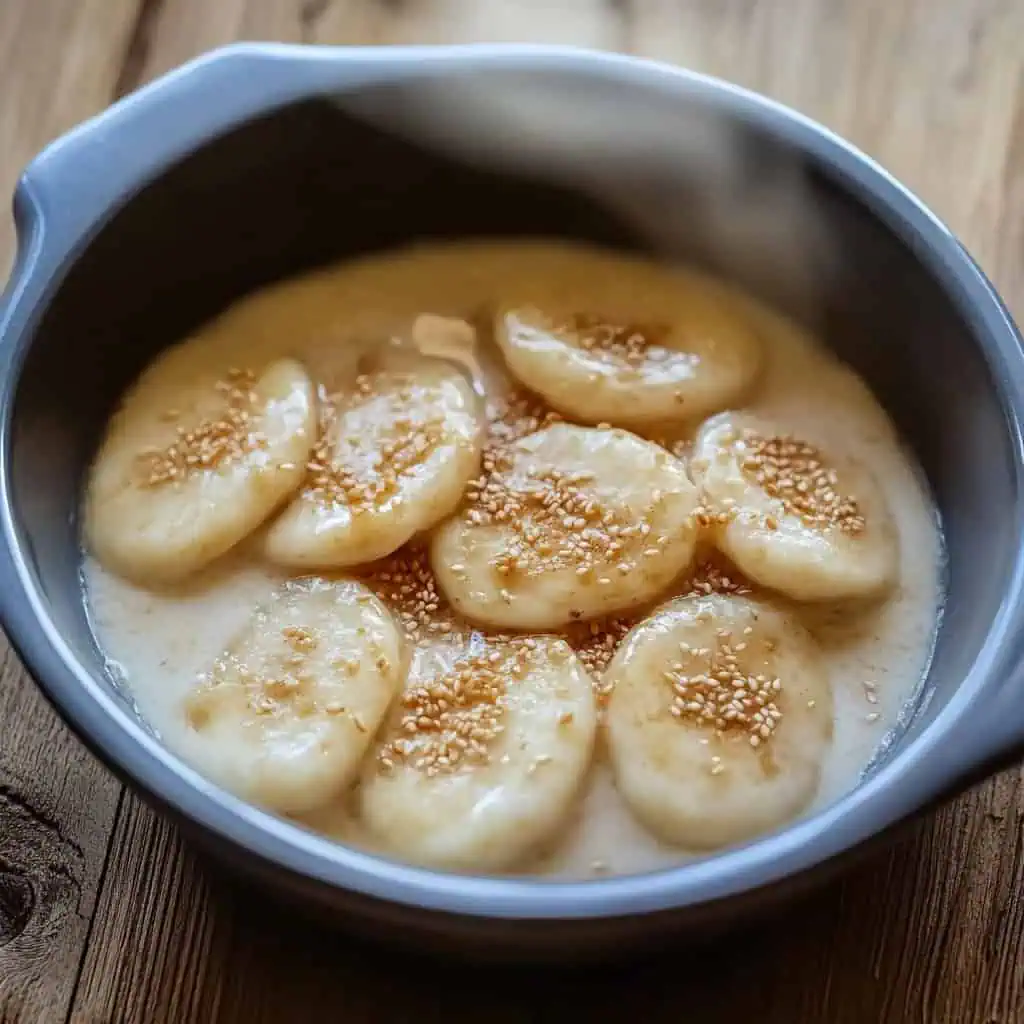






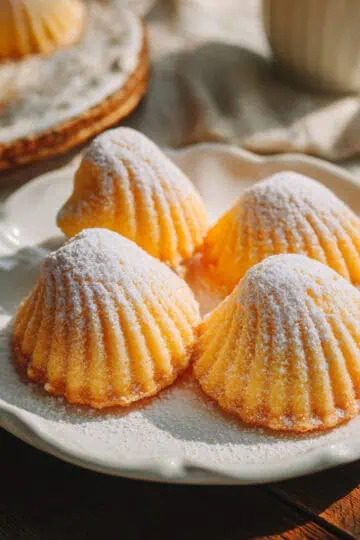
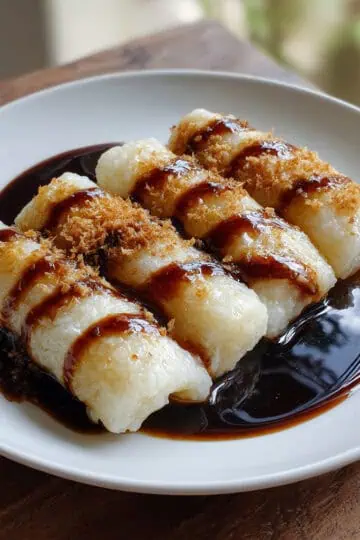
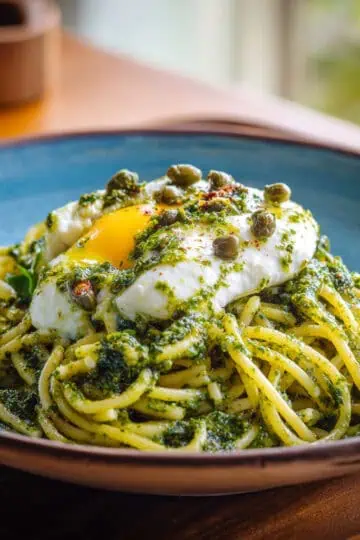
Comments
No Comments